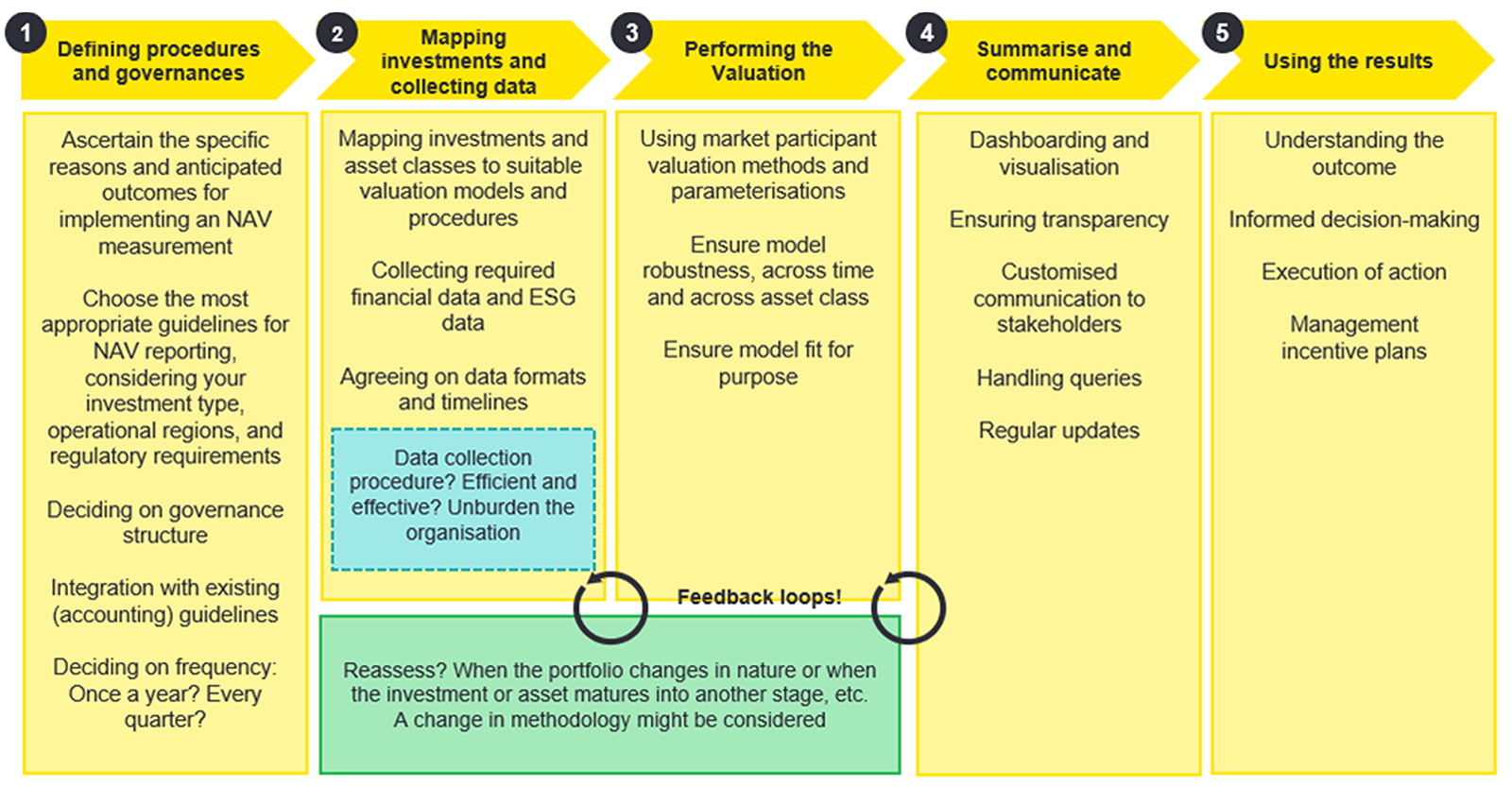NAV reporting provides a comprehensive picture of a fund’s financial status and delivers key insights into the investee companies’ financial and non-financial performance. This information has become increasingly important for all fund’s stakeholders, extending beyond just the fund investors or limited partners. Current best practice NAV reporting utilizes fair value principles. Fair value reflects the current market conditions, providing a realistic assessment of the fund’s holdings.
The importance of NAV reporting
By using fair value as a standard measure, NAV reporting ensures that the reported values are timely, relevant, and aligned with the market’s perception of the asset’s worth, thereby enabling stakeholders to make informed decisions based on the most accurate and up-to-date information available.
In addition, regulations, such as the Alternative Investment Fund Managers Directive of 2011 (AIFMD), have emphasized the importance of NAV reporting, including the “proper and independent valuation of the assets of the Alternative Investment Fund (AIF) […] ensuring that the valuation function is performed impartially and with all due skill, care, and diligence”. The same ideas and principles are advocated by other norms and standards worldwide, such as the International Valuation Standards (IVS), the Fair Value Measurement Standards (ASC 820), and the Valuation Guidance from the SEC and PCAOB, among others.
Besides, the heightened market volatility in the last couple of years and the apparent ‘smoothening’ of private equity assets have further increased the scrutiny by regulators and investors on valuation practices – also reinforced by the growing share of private assets in the economy.
Together, these factors have warranted alternative investment funds to produce detailed valuation policies and procedures for each asset they own, along with proper governance models.
The practice of reporting at fair value, even if not mandated by local accounting standards, is increasingly encouraged by international guidelines and best practices. It better satisfies the needs of both fund managers and investors, promotes resilience in changing market conditions, and increases valuation consistency and comparability between funds. Since accurate and continuous NAV reporting is a commitment to enabling investors to make better economic decisions, any lack of accuracy and fairness in valuation could significantly damage a fund’s credibility.
We see several iterative steps in setting up an effective NAV reporting: defining the procedures and governances, which includes selecting appropriate guidelines, collecting financial data for valuation purpose, setting up a robust valuation framework ensuring the right degree of independence and transparency, and, finally, reporting and communication the output. (as summarized in the graph below).



